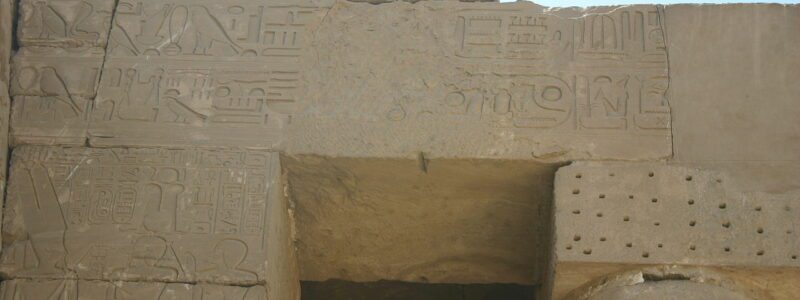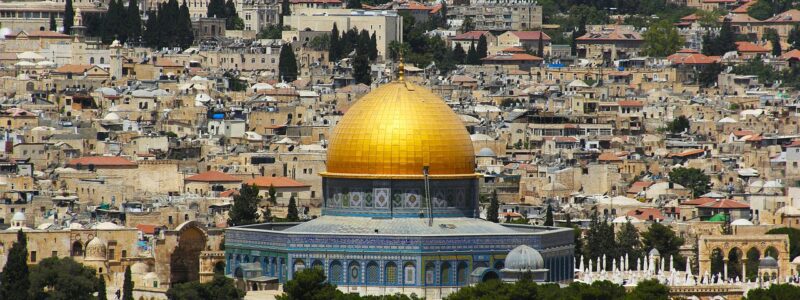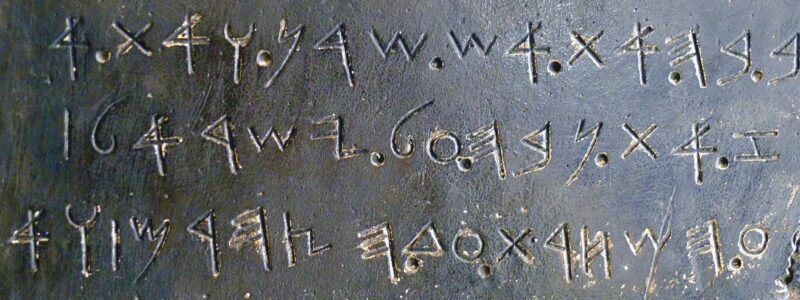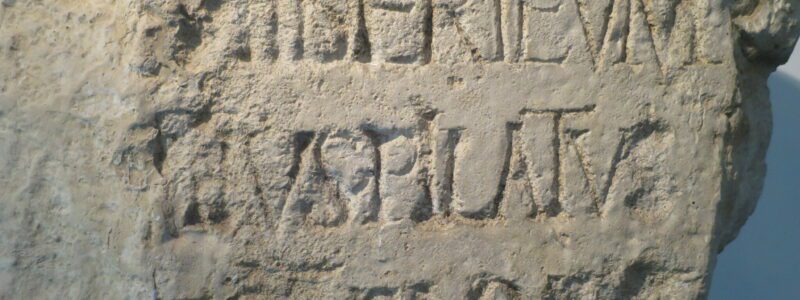Moabite Stone Altar
The recently discovered Moabite stone altar attests to the historicity of an ancient Jewish conflict between Israel and the Biblical Kingdom of Moab.
The Kingdom of Moab
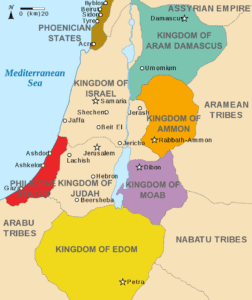
Kingdoms in the ancient Levant – By Kingdoms_of_Israel_and_Judah_map_830.svg: *Oldtidens_Israel_&_Judea.svg: FinnWikiNoderivative work: Richardprins (talk)derivative work: Richardprins (talk) – Kingdoms_of_Israel_and_Judah_map_830.svg, CC BY-SA 3.0, Link
Moab was a country near ancient Israel founded by the descendants of Lot, the nephew of Abraham. The Bible notes this country was frequently in conflict with Israel.
This historical conflict started when the country impeded the crossing over into the Promised Land from the desert. As a consequence, they were excluded from joining the Jewish nation for ten generations.
The Book of Ruth in the Old Testament is story of a Moabite woman (Ruth) who came to marry Boaz, a rich Hebrew landowner. Ruth was very faithful to her adopted Jewish religion and would become an ancestor to Christ.
The Moabite Stone Altar
The ancient city of Ataroth in the modern-day country of Jordan was originally located in the Biblical city of Moab.
The altar is important because it contains two inscriptions. The words are written in the ancient Moab language which is similar to ancient Hebrew. Interestingly, the numbers are written in Hieratic which is an ancient Egyptian writing system.
An ancient king of Moab named Mesha rebelled against the Kingdom of Israel and conquered the city of Ataroth which was then a city in the Kingdom of Israel.
At this time, ancient Israel had broken apart into the Southern Kingdom (consisting of the tribes of Judah and Benjamin), and the northern ten tribes. The Bible relates how Moab had to give Israel tribute consisting of thousands of lambs and ram wool.
This rebellion by Moab is also described in the Mesha Stela which was discovered in 1868 in Dhiban, Jordan. The Mesha stele claims that Mesha conquered Ataroth and killed many of its inhabitants.
Inscriptions on the Stone Altar
There are two inscriptions on the stone altar.
One of the inscriptions appears to describe bronze plundered from the city of Ataroth. Researchers wrote in the Levant journal article,
One might speculate that quantities of bronze looted from the conquered city of [Ataroth] at some later date were presented as an offering at the shrine and recorded on this altar.
The second inscription is more difficult to translate but appears to say that “4000 foreign men were scattered and abandoned in great number.”
Conclusions about Moab
The altar shows that 2,800 years ago, Moabites were skilled scribes who had developed their own writing skills. Authors note,
We often talk about the sophistication of the scribal education of ancient Israel, and rightfully so, [but the inscriptions on the altar show] that ancient Moab had some gifted scribes as well.
Today, ancient Ataroth is called Khirbat Ataruz in modern-day Jordan.
Summary
The historicity of the Old Testament is again confirmed by the more recent discovery of an ancient stone altar. The altar is unique due to inscriptions found on it written in the ancient Moab language.
The inscriptions confirm the Moabite destruction of an ancient Israelite city including its plundering and the killing of many of its inhabitants. The Moabite nation was likely propelled to action by the high tributes they were forced to pay to Israel.
While it does describe a sad episode in the history of ancient Israel, it represents an extra-Biblical confirmation of ancient Scripture.

